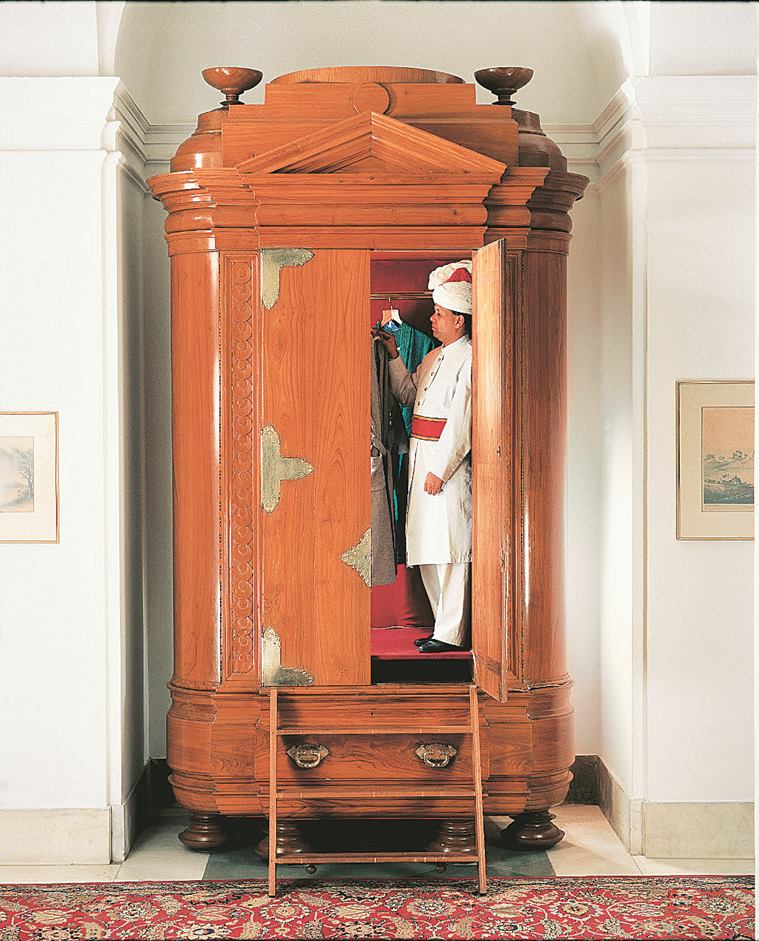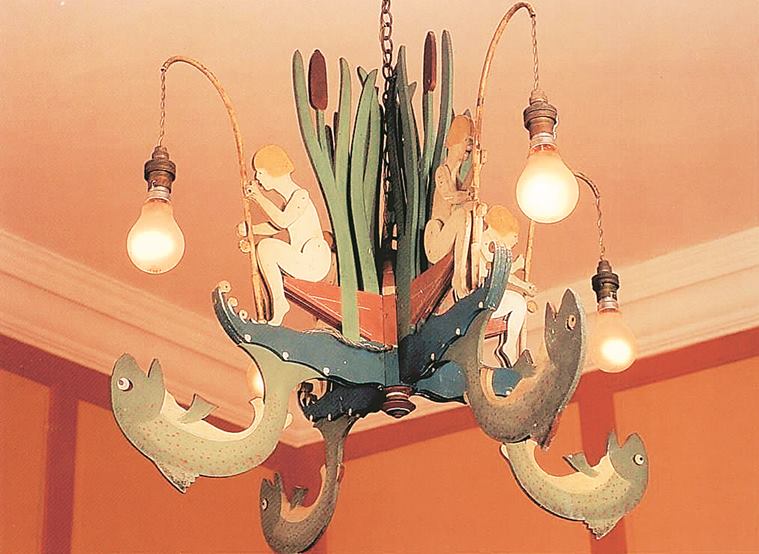The beginning of the stay of the first resident of Rashtrapati Bhavan in the Viceroy’s House was inauspicious. On 23 December 1929, Lord Irwin was going to Delhi by train when a bomb was thrown on his Viceregal train. The indifferent Irwin is said to have remarked, “I heard the noise and said to myself ‘It must be a bomb’. But as nothing happened, I went on to read Chaloner (the poet and politician Sir Thomas Chaloner).
Although only five Viceroys had the right to call Rashtrapati Bhavan their home, 14 Indian Presidents have resided in this grand palace so far. However, our President has never actually lived in the same rooms as the Viceroy.
When Rashtrapati Bhavan was built in 1929, the plan was clear. The south wing was to be the Viceroy’s living quarters and at the opposite end, the north wing was to be the guest wing. Accordingly, the rooms in the south wing were large, opulent and worthy of royalty.
Edwin Lutyens put a lot of effort into designing the interior and furniture himself. When C Rajagopalachari became governor-general, he found the living quarters too grand and decided to move to the smaller guest wing in the northern part of the building.
Since then all the Presidents have followed this practice and the North Wing became the Family Wing and the South Wing became the Guest Wing of Rashtrapati Bhavan. In retrospect, all the Viceroys inadvertently remained guests at Rashtrapati Bhavan. Although as a result, quite unfairly, the most spectacular wing of the palace was little known and rarely seen.
The Nalanda suite. (Courtesy: Rashtrapati Bhavan Photo Archives)
The guest wing consists of three floors, with opulent suites named after the British viceroys and governors – Dufferin, Minto, Clive and Curzon. Irvine and Reading Suites, which were renamed as Dwarka Nalanda, are currently used exclusively for hosting heads of states. These suites are different from the rest of the building. These are very large and exquisitely furnished with Burma teak panels, they have imported chandeliers from Europe and lavish carpets from Kashmir. But they are not really designed like the rooms of a palace. It has a certain homely feel to it. Perhaps, this is because Lutyens had never actually been the architect of a palace before. The best he did was to design country houses England And this love comes to the fore in the detailing of the guest wing.
The furniture was designed by Lutyens himself and includes pieces such as a spacious wardrobe with a drawer that slides down to become a ladder; wardrobe large enough for guests to comfortably enter and get dressed; Nursery for children on the third floor, which featured wooden chandeliers – “For the night nursery the four praying angels, the four galloping horses in the anterum, and in the day nursery, the four hens and their chicks with broken eggs Let’s scatter your yolk as a light bulb with !”. There was also a nursery loggia for the safety of the children, in which wooden cages were hung with wooden birds.

The Royal Institute of British Architects notes that “his portrait collection contains a design for a nursery wall clock as a beggar footman, his face is a dial and his eyes are holes to rotate it. Another example is the mantel clock.” which was designed by Lutyens for Lady Willingdon … it is actually a brass key inserted in the form of a pansy, a sentence by family tradition on the French word pancer, a reminder to wind it. He was famous for his bad sentences.
For all its wit and humour, the guest wing is also a reminder of how desperate the British were to make it a home away from home. In the richness of the guest wing, there is also a desperation, a desperate concern to make things last forever, though nothing remained the same around them.
Perhaps aptly, on the walls of a room in the guest wing, old, faded lithograph plates from British soldier-painter George Franklin Atkinson’s Curry & Rice still hang, released in 1860. These plates depict scenes of an imaginary Indian. Caricatured village “kebabs” with colonial officials to highlight the absurdity of their conduct in the land indifferent to them. Atkinson’s satirical work became immensely popular because it underscored the fact that the British would always be guests in this strange land.

Once the Viceroy left, the other guests stayed in the guest wing intermittently. Records show that between 1947-67, about 32 heads of state lived here. Queen Elizabeth II’s first visit in 1961 (she would stay twice in 1983 and 1997) was particularly memorable, as she was a guest at the palace built for her. One of the requests received from him was “to move the three 6 foot high wardrobes in a standing position and keep its contents secret”. Since the contents could not be emptied and the wardrobes had to be kept standing at all times, lorries were specially designed by the Indian Army to protect and transport these wardrobes.
The guest wing has also hosted former Soviet Prime Minister Mikhail Gorbachev and the President and politician of South Africa in 1984. Nelson Mandela in 1995. It was also visited by the heads of state of China and Pakistan. The former Prime Minister of Pakistan, Mohammad Ali Bogra, lived twice with two different wives, in August 1953 and May 1955.
However, by the 1980s the guest wing had fallen into disuse. After a renovation in 2013, Japanese Emperor Akihito and Empress Michiko stayed here. The last head of state to be in the guest wing in April 2015 was the incumbent Afghan President Ashraf Ghani.
The guest wing of Rashtrapati Bhavan will always be a thread that links the building to its colonial past. Reminds me of a time when visitors who came as guests stayed for more than two centuries.
(Praveen Siddhartha is the personal secretary to the President of India)
.